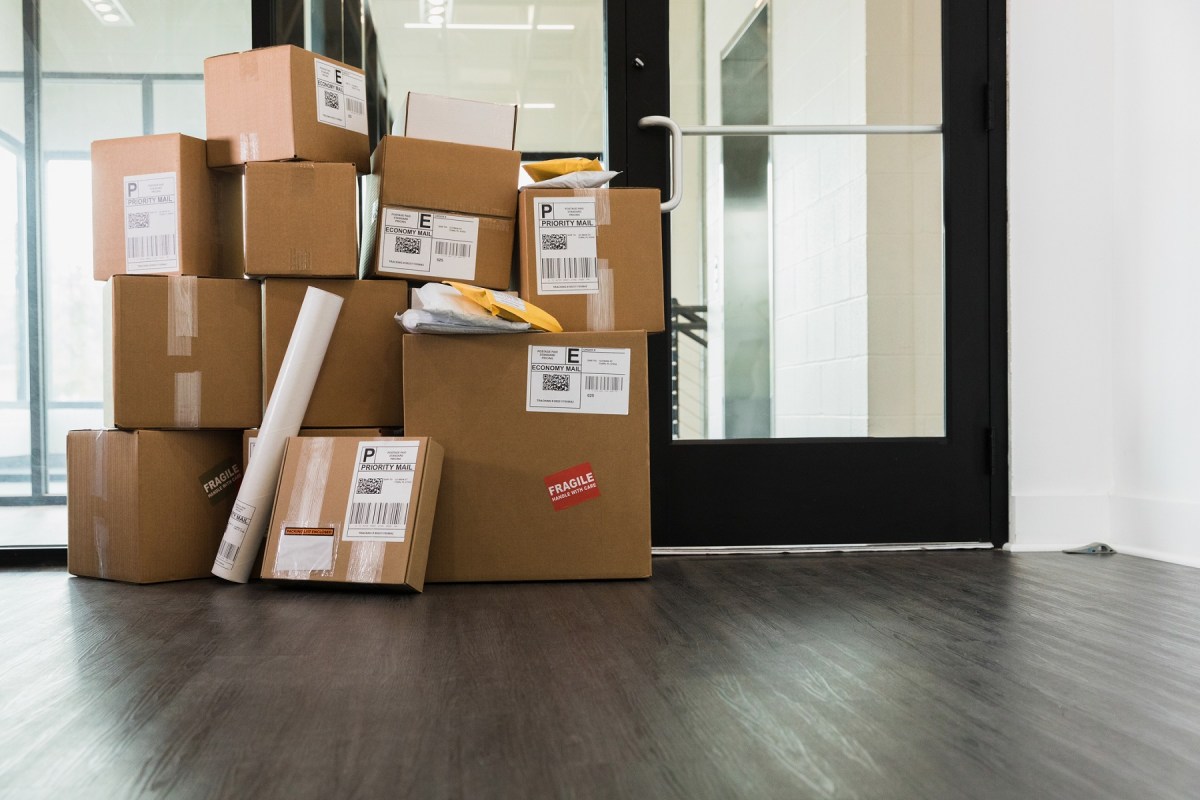Global shipping and mailing company, Pitney Bowes has released its new Parcel Shipping Index featuring 2022 data from 13 major markets around the world, including Australia. For the second year in a row, Australia exceeded one billion in parcel volume, with an average of 35 parcels generated per second.
Ecommerce in Australia grew significantly in 2022 and is expected to reach US$43.2 billion (A$67.2 billion) in sales in 2023 and is projected to continue growing at a compound annual growth rate (CAGR) of 10.4% over the next four years. By 2033, approximately one-third of all spending in Australia is expected to occur online.
Australians shipped, received, and returned 1.09 billion parcels in 2022 with 2% growth in volume, up from 1.07 billion in 2021. The latest Index shows that 2.99 million parcels were shipped each day across Australia, or 35 parcels per second. Per capita parcel volume remained consistent at 42 parcels in 2022, and an average of 107 parcels shipped per household.
Australia Post accounted for the largest parcel market share by revenue (47%) and parcel market share by volume (49%), followed by Team Global Express, DHL Express Australia, FedEx Express Australia, and CouriersPlease.
Pitney Bowes country manager for ANZ, India & ASEAN, Venkat Rao said, “Parcel shipping in Australia remains steady, which is not unexpected as consumer shopping patterns plateau after shifting drastically towards online throughout the pandemic, and as inflationary pressures persist. To meet the ongoing consumer demand, parcel carriers and retailers continue to invest in their ecommerce supply chains, including transitioning to technology platforms that automate shipping processes and provide carrier and budget flexibility.”
The Index also found that global parcel volumes increased by only 1.4% in 2022, following two years of pandemic-fueled growth and impacted largely due to the lockdowns in China. The Index reveals China parcel volumes grew at the slowest rate in Index history, reaching 110.6 billion parcels in 2022 and marking only 2% growth due to lockdowns.

